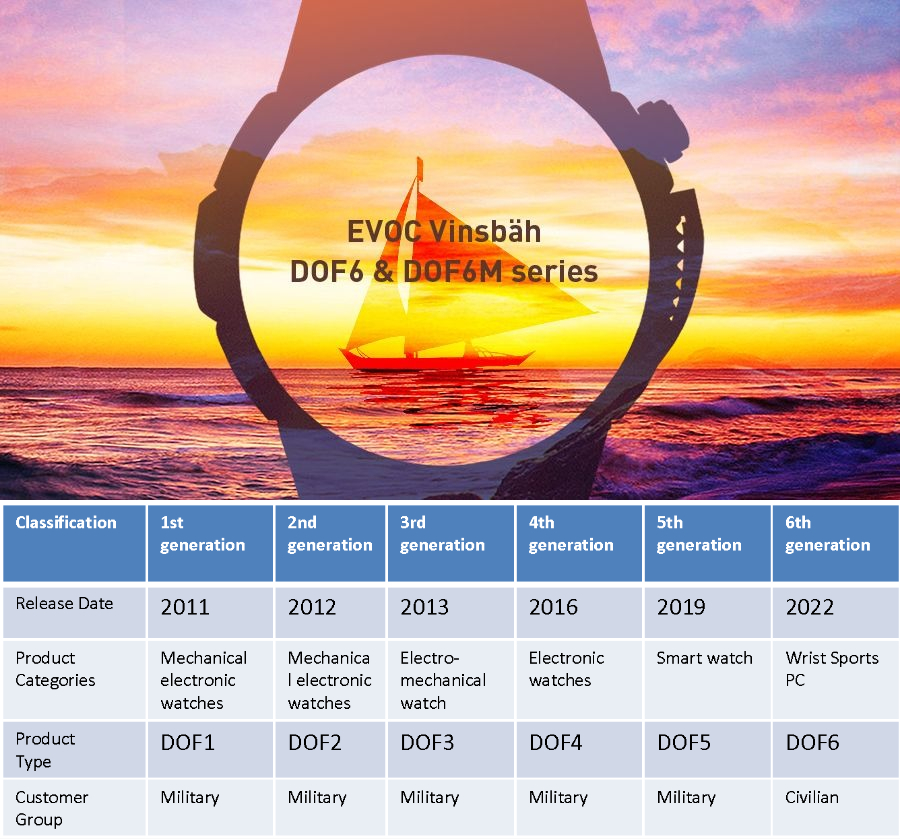Newest
-

Nurturing New Quality Productive Forces: How China's A-Share Market is Shaping the Future of the Nation's Economic
-
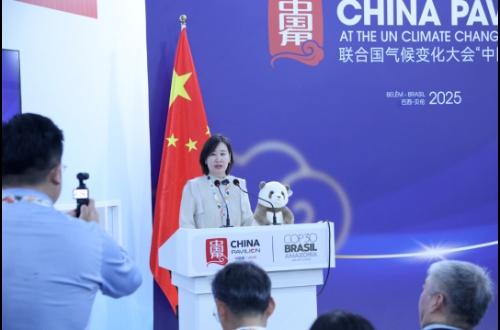
White Panda Appears at COP30, Tongyi Petrochemical Calls for Attention to Climate Mutation
-
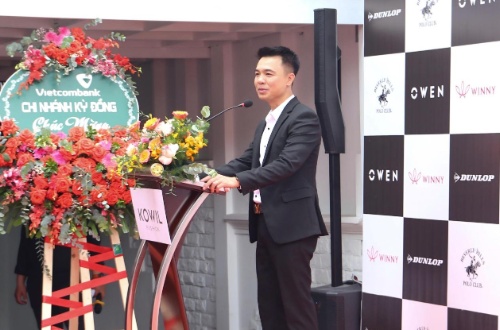
Nguyen Duy Minh: A Steady Retail Ascent
-
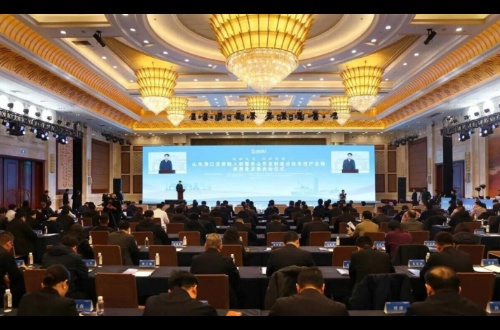
A Conference on Shandong Port's Position in Supporting Local Manufacturing Development Held in Dongying
Vinsbah DOF6&DOF6M series smartwatch- Since 1933 Germany
 2024-03-07
2024-03-07
Vinsbah is inspired by German jewelry workshop in 1933, Vinsbah DOF6&DOF6M Series is your personal trainer and healthy life stewar, Customized unique commemoration for you.
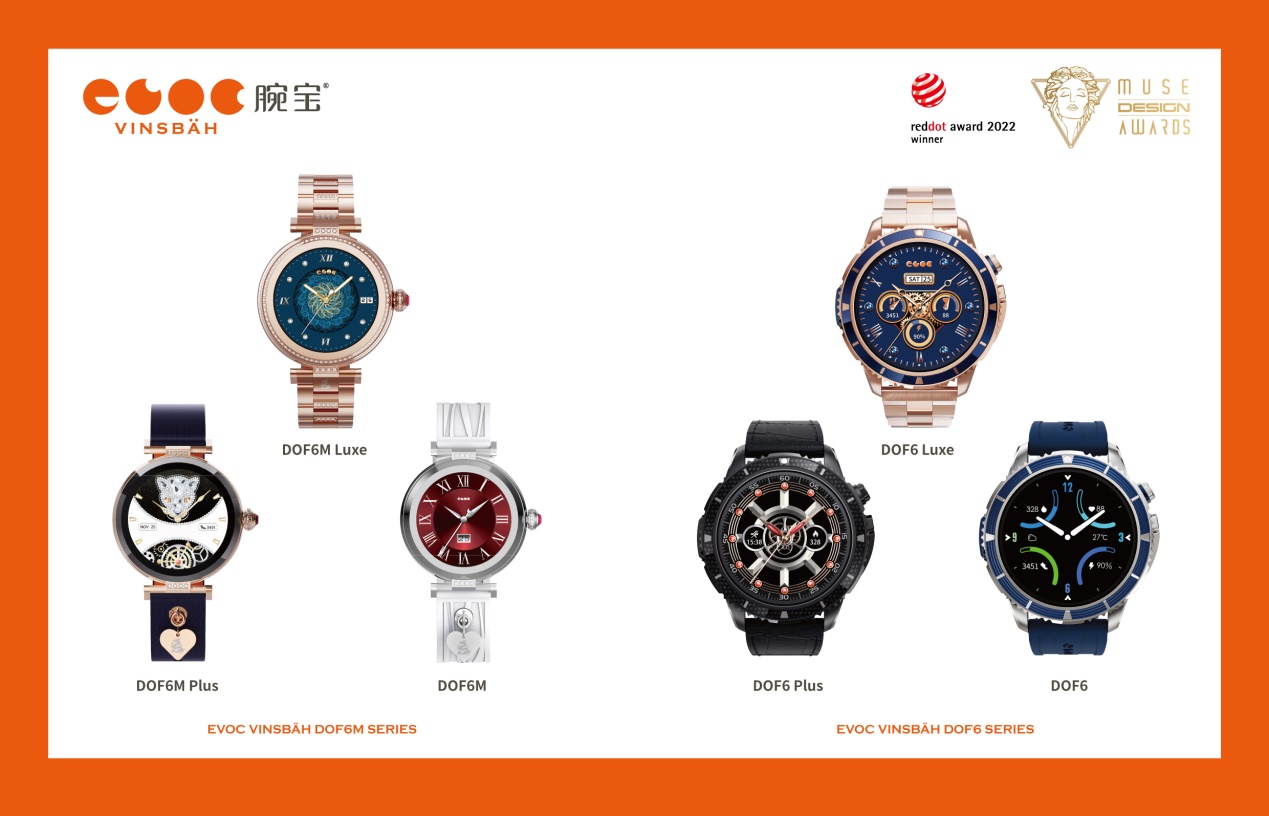
In 1933, the young engraver Erdmann von Meyer first came into contact with watchmaking in a jewelry workshop serving the German aristocracy in the town of Pforzheim, Germany. Erdmann von Meyer's grandfather studied at the Jewelry School of the famous Grand Duke of Baden. In the following years, he introduced several famous watch masters to Erdmann von Meyer through his personal connections, and Erdmann von Meyer's watchmaking skills grew rapidly. Soon, the workshop was able to accurately reproduce expensive mechanical clocks, and it also gained some collector customers. However, the good times did not last long. Under the cloud of war, the development of the workshop was basically stagnant, and it was bombed in the late World War II, almost all of the infrastructure was destroyed.
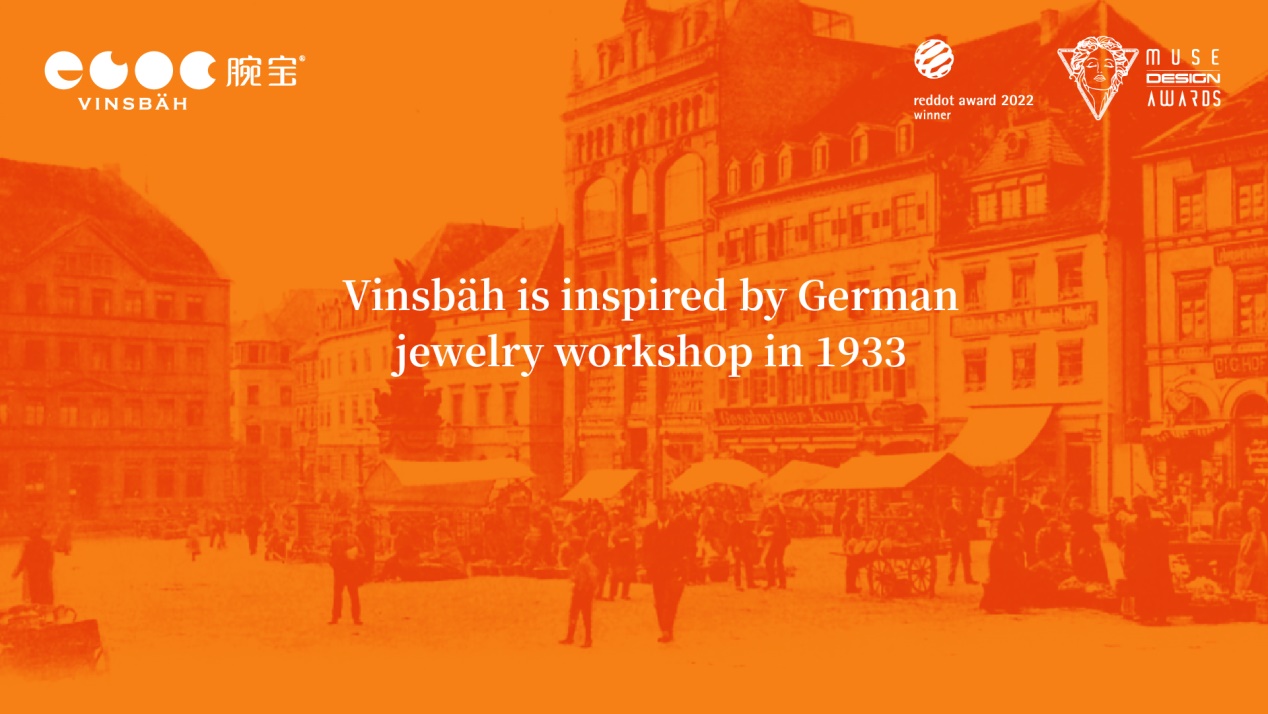
When the workshop was rebuilt in 1947, Erdmann von Meyer brought back his former jewellers and apprentices, and his third son, Conny von Meyer, continued to run the business, while he spent five years travelling around Germany, and successively deployed new assemblers and polishers for the watchmaking business of the workshop.
In the 1950s, with incentives from the West German government, the local watchmaking industry began to revive and the workshop gradually focused on the manufacture of luxury watches, since then, it has embarked on a unique road of luxury watches..
The early days of the transition were not easy, and during this phase, Erdmann von Meyer's uncle, Reinhard von Meyer, the owner of the gemstone mines, provided substantial financial support. Independent financial resources and the family management ensured Erdmann von Meyer's "simple" attributes and daring to challenge the more extraordinary watchmaking craftsmanship.
From 1957 to 1964, the workshop used the self-developed movement "Erdmann" to manufacture high-quality mechanical watches, becoming one of the very few small watchmaking workshops with its own movement at that time. However, compared with many local watchmaking companies, the workshops that have not achieved branding and mass production are little known to the public.
After 1968, Conny von Meyer took over the workshop and continued to operate it in accordance with his father's three principles: "not pre-setting production costs (hand-made directly after design), not doing industrialized mass production, and promising a lifetime warranty".
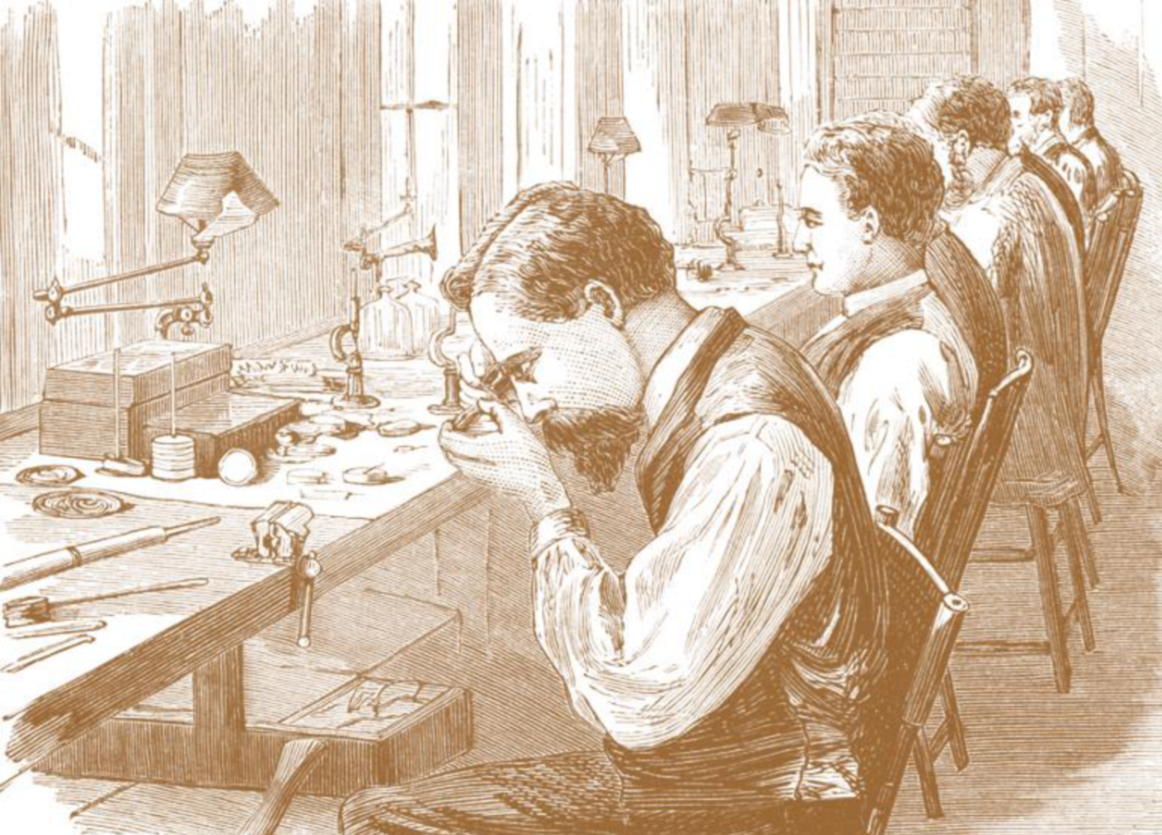
In 1980, under pressure from high rents, Conny von Meyer moved his workshop into the backyard of his friend's furniture shop and renamed it Studio Meyer, with no signposts on the street outside the shop, except for a bronze plaque with the words "Meyer" on the wooden door in the backyard..
In the 1990s, the reunification of East and West Germany allowed the development of the entire German watchmaking industry, and against this background, the studio has been “comfortable with the status” for several years.
In 2003, Conny von Meyer's daughter Helene Meyer, who studied computer science and technology, graduated successfully and joined EVOC Distributor in Germany in the second year. This coincided with the launch of the Smart Personal Object Technology (SPOT) smartwatch and, under Helene's suggestion, the workshop was determined to make a breakthrough and planned to develop a smartwatch product.
This exploration ended in failure. The prototype of the smartwatch was not satisfactory and the workshop returned to making mechanical watches. Until 2007 Helene and her father had a disagreement over their product concept. Unlike her father's conservativeness, Helene felt that there was an urgent need to inject more "technological power" (Macht der Technologie) into their watches. On the other hand, as a member of the German distributor of EVOC’s computer products, Helene has always felt deeply about EVOC's improvement from mechatronics to intelligence - why EVOC can succeed?
In 2009, a Technisches Seminar held by EVOC European Technology Center gave Helene a great inspiration. In the same year, Meyer workshop received financial and technical support from EVOC under the help of Helene.
In 2010, the fully upgraded multi-functional Meyer mechanical watch was born in EVOC's European Technology Centre, and the two sides discussed and cooperated more and more in the cutting-edge technology in the military industry.
In 2012, Meyer Studio officially joined EVOC. Since then, under the concept of "leading technology", 4 different series of watches have been developed successively, all of which are only for military use. Among them, the DOF series is particularly outstanding, the 2nd and3rd generations products were launched in 2012 and 2013 respectively, namely DOF2, DOF3.
In 2016, DOF4 was successfully upgraded to an electronic wristwatch with the first application of EVOC's cutting-edge patented aerospace technology.
In 2019, the 5th generation product, DOF, was officially upgraded to a smartwatch.
In 2021, EVOC Submarine Technology Ltd. was established.
In 2022, the concept is upgraded to "Technology, let me call the shots!" In 2022, the 6th generation of DOF, and the first DOF6 for civilian use, was offcially launched.
